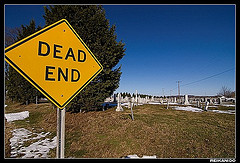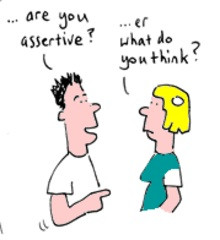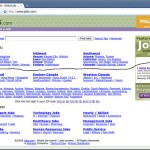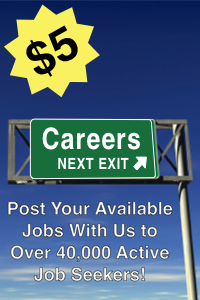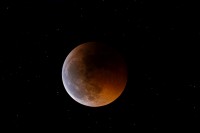 The word ‘astronaut’ comes from the Greek phrase for ‘sailor among the stars’.
The word ‘astronaut’ comes from the Greek phrase for ‘sailor among the stars’.
There are three different kinds of astronauts; they are pilots, mission specialists and payload specialists.
Pilots
The pilot commands and pilots the spacecraft and are often test pilots from the United States Air Force, Navy or Marines.
Mission Specialists
Mission specialists conduct experiments, perform spacewalks and launch satellites.
Payload Specialists
Most payload specialists are scientists approved by NASA. They tend to carry out scientific experiments with the cargo on the spacecraft.
So, how do you manage to secure one of these coveted positions?
Astronaut selection process
It wasn’t until 1985 that NASA began accepting applications from engineers, scientists, doctors and educators. Prior to this, astronauts had been selected only from military pilots.
All astronauts in space shuttles should be able to speak English and must pass the NASA space flight physical. There is no age limit, although a pilot astronaut must be between 5 ft 4” and 6 ft 4” tall and requires 1000 hours as a command pilot in high-performance jet aircraft.
Pilot astronauts require fight experience, whereas mission specialist candidates do not, yet they must have at least three years’ professional experience related to the mission. Mission specialists must be between 5 ft and 6 ft 4 inches tall.
Payload specialists must have the appropriate education and training in order to conduct their experiments.
Training
As you can imagine, training to become an astronaut is no walk in the park. Becoming familiar with the aircraft and the instruments that would have to be used and training in preparation for every possible emergency that could occur are absolute necessities.
Although training has differed through different points in time, today, pilot and mission specialist candidates fly in large planes through a series of arcing climbs and dives, in order to experience the near absence of gravity. For around thirty seconds during each arc, they float weightlessly in the padded body of the aircraft.
Other forms of training that must be taken is a study of cockpit and the layout of the in-flight control systems, becoming familiar with equipment and engineering work. Training astronauts are assigned to space flight systems and support activities and then evaluated on their performance.
Even when you are certified as an astronaut, there is no guarantee that you will immediately be assigned to a mission – some astronauts have waited for up to 12 years before flying in space.
While waiting, astronauts can continue to train and become specialists in certain areas of the industry.
When an astronaut does get assigned to a crew, they will spend a lot of their time training in a simulator, which recreates the conditions of space travel. They can spend as long as eight hours a day in a simulator, with an instructor giving hypothetical situations or problems that the crew must solve and find a resolution to.
Astronauts who have never been to space before will require a lot more training than those who have. Astronauts that have been to space before will still require six months of training before they are ready to fly again.
G&O Springs produces stainless steel springs for aircrafts and therefore finds the concept of space travel extremely interesting.
For more career tips, check out these posts:
 Social Media and Employment |
 Stop Auditioning for Jobs! |
|---|
| Join Us On Twitter: |
|---|
 |
|---|
| Like Us On Facebook: |
|---|
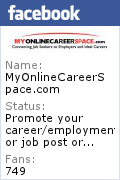 |
|---|


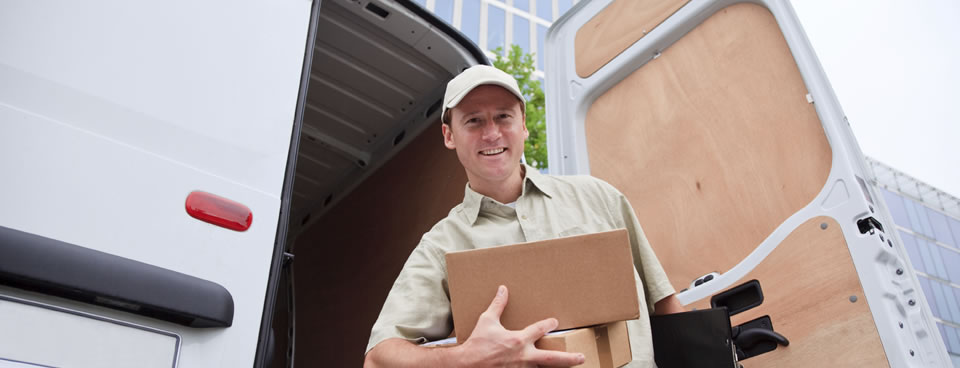
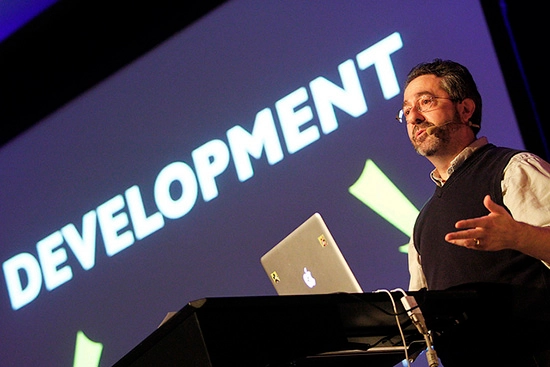
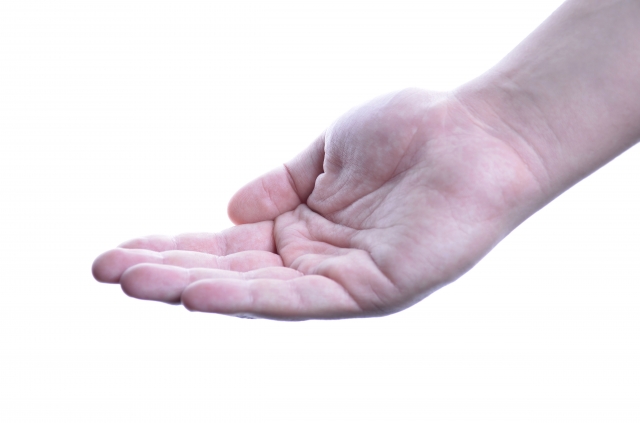
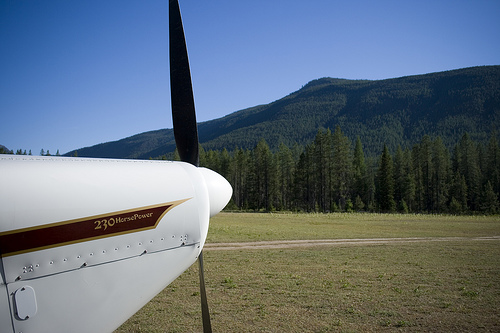
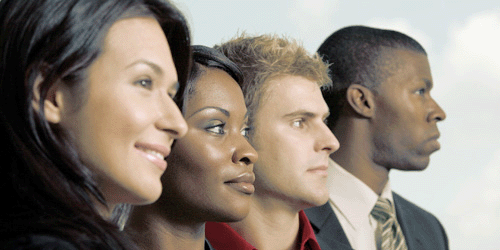

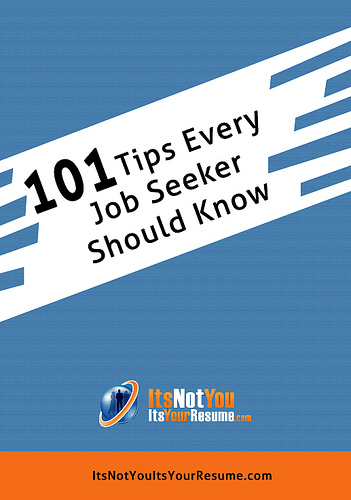



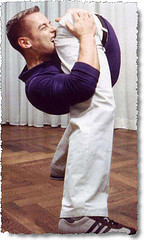
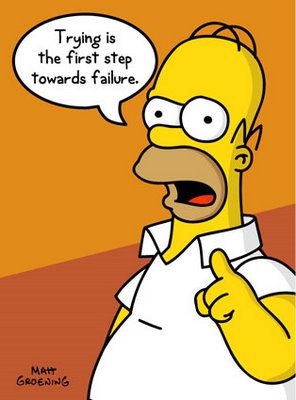

![Higher Learning Leads to Higher Earnings, Especially for Men [InfoGraphic] Higher Learning Leads to Higher Earnings, Especially for Men [InfoGraphic]](../4022/4340939642_374fbff6e3_m.jpg)
